-
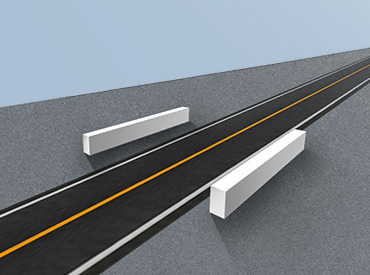
01. Excavation, foundation and base channel installation
-
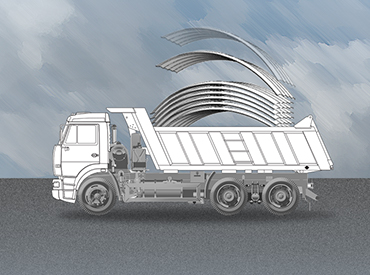
02. Transport of corrugated steel plates
-
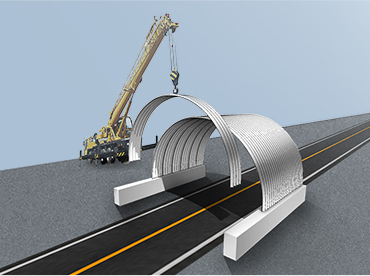
03. Assembly of corrugated steel plates
-
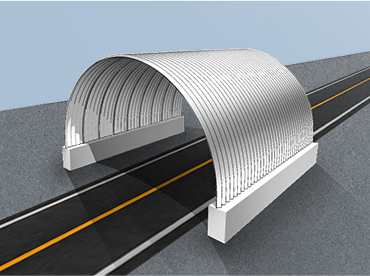
04. Assembly complete
-
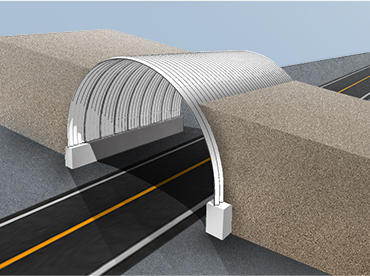
05. Backfilling and compaction
-
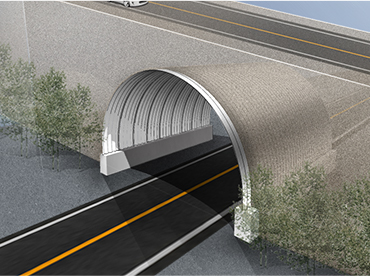
06. Construction complete
Construction Process
Considerations for construction
| Prepare on-site construction |
|
||||||
|---|---|---|---|---|---|---|---|
| Material inspection |
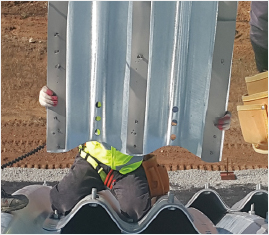
|
||||||
| Joint waterproofing and back drainage |
|
||||||
| Primary gasket waterproofing |
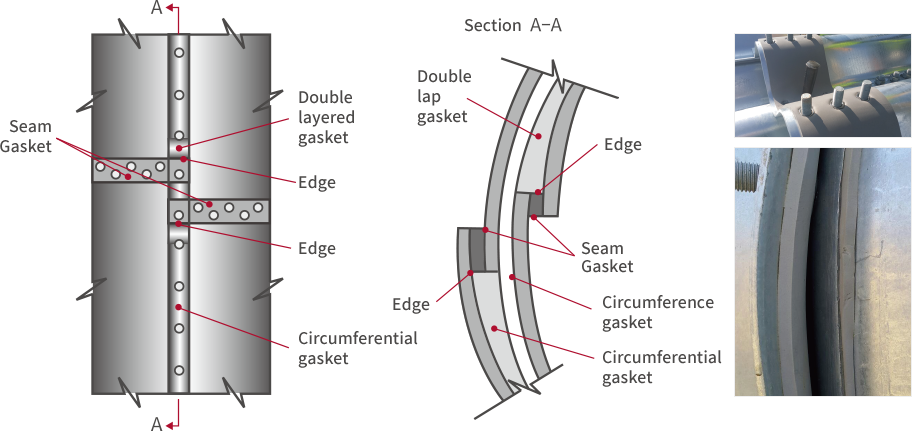
|
||||||
| Secondary urethane sealant and rubber cap waterproofing |
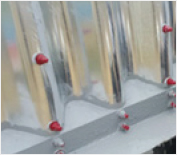
|
||||||
| Schematic diagram of secondary waterproofing for overlapping parts |

|
||||||
| Sectional displacement measurement |
|
||||||
| Tolerance level of structural deformation during and after construction |
|
||||||
| Sectional displacement measurement |
|
||||||
When installing an underground steel plate structure in the fill area
 |
|||||||
When installing after excavating the foundation ground
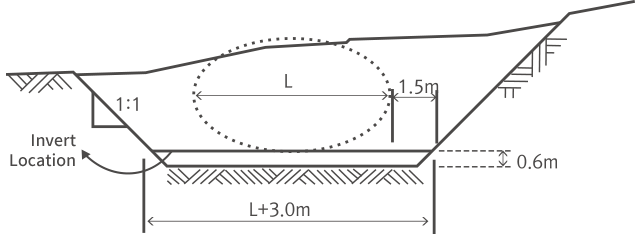 |